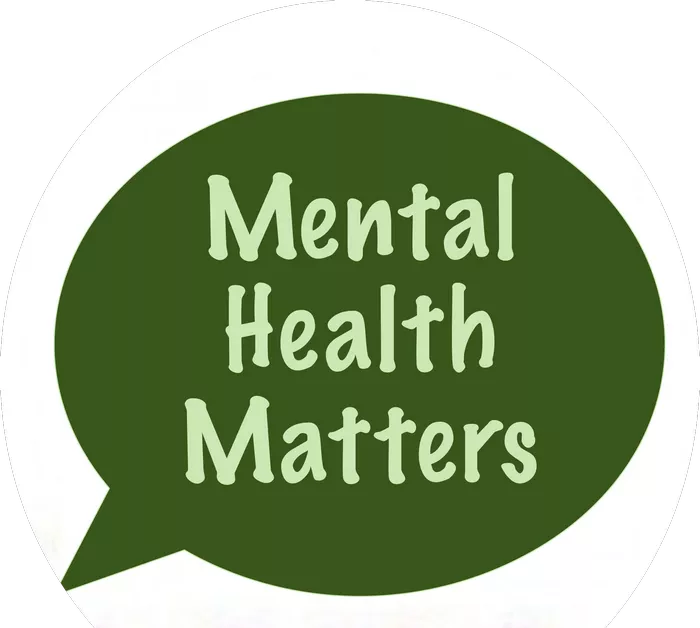Pollen allergies, often referred to as hay fever or allergic rhinitis, affect millions of people worldwide. During certain seasons, trees, grasses, and weeds release pollen into the air, triggering a range of allergic reactions in individuals sensitive to these particles. The symptoms can range from mild sneezing and itchy eyes to more severe reactions like difficulty breathing and fatigue. Managing pollen allergy symptoms effectively requires a multifaceted approach that combines lifestyle changes, medications, and environmental controls. This article will explore various ways to handle pollen allergies so you can live more comfortably during allergy season.
Understanding Pollen Allergies
Before diving into the management strategies, it’s important to understand what causes pollen allergies. Pollen is a fine powder produced by trees, grasses, and weeds as part of their reproductive process. When inhaled by individuals who are allergic, the immune system mistakes the pollen as a harmful substance and releases histamines, which cause the common allergy symptoms.
There are several types of pollen that trigger allergic reactions:
- Tree Pollen: Most common in the spring.
- Grass Pollen: Typically peaks in late spring and early summer.
- Weed Pollen: Common in late summer and fall.
The timing of pollen exposure can vary depending on where you live, but it’s usually seasonal, and symptoms tend to worsen during the peak pollen season.
Recognizing the Symptoms of Pollen Allergies
Pollen allergy symptoms can be quite distressing, but recognizing them is the first step toward managing them effectively. The most common symptoms include:
- Sneezing and runny nose
- Itchy, watery eyes
- Nasal congestion
- Coughing and postnasal drip
- Scratchy throat
- Fatigue
- Difficulty breathing or wheezing (in more severe cases)
The severity of these symptoms can vary depending on the pollen count in your area, the time of day, and your individual sensitivity.
Effective Strategies to Manage Pollen Allergy Symptoms
Managing pollen allergies is not a one-size-fits-all approach. What works for one person may not work for another, so it’s essential to explore various options to find what helps you the most. Here are several strategies for effectively managing pollen allergy symptoms.
1. Monitor Pollen Counts
Staying informed about the pollen levels in your area is crucial. Many weather websites and apps offer real-time pollen count data. On days with high pollen levels, try to minimize outdoor activities, especially during the early morning and evening when pollen counts are at their highest.
By keeping track of pollen counts, you can plan your day accordingly and avoid going outside when pollen levels are at their peak. This proactive approach can significantly reduce your exposure to allergens.
2. Limit Outdoor Exposure
When pollen counts are high, it’s a good idea to limit your time outside. If you must go outside, here are some helpful tips to reduce your exposure:
Avoid outdoor exercise: Activities like running, cycling, or hiking can increase your exposure to pollen. If you need to exercise, try to do so indoors in a well-ventilated area.
Stay indoors during peak pollen times: Pollen levels are usually highest in the early morning (5 a.m. to 10 a.m.) and evening (4 p.m. to 7 p.m.).
Wear sunglasses: This will help protect your eyes from airborne pollen.
Wear a mask: A pollen-filtering mask can reduce the amount of pollen you breathe in while outside.
By taking these precautions, you can minimize the amount of pollen you are exposed to and reduce the likelihood of experiencing allergy symptoms.
3. Keep Windows Closed
During high pollen season, keep your windows closed, both at home and in your car. Pollen can easily enter through open windows and increase your exposure. Using air conditioning can help circulate the air and filter out pollen particles. If you don’t have air conditioning, using a HEPA filter in your home can significantly reduce the amount of pollen inside.
Additionally, use a dehumidifier to reduce moisture in the air, as humid environments can encourage the growth of mold, which can worsen your allergy symptoms.
4. Practice Good Hygiene
One of the simplest and most effective ways to reduce pollen exposure is to practice good hygiene. After spending time outside, change your clothes and shower immediately. This will help remove pollen from your skin, hair, and clothing, preventing it from spreading inside your home.
Wash your hair: Pollen can easily accumulate in your hair, so washing it after being outdoors can help prevent it from transferring to your pillow at night.
Clean your face: Use a mild cleanser to remove any pollen that may have settled on your skin and eyes.
Change your clothes: After returning indoors, change into clean clothes to prevent pollen from being transferred to your furniture and bedding.
5. Take Medications
For those with more severe pollen allergy symptoms, medications can provide significant relief. There are several types of over-the-counter and prescription medications that can help manage symptoms:
Antihistamines: These medications block histamines, the chemicals released by the immune system that cause allergy symptoms. Antihistamines can help reduce sneezing, runny nose, and itchy eyes. Popular options include cetirizine (Zyrtec), loratadine (Claritin), and fexofenadine (Allegra).
Decongestants: If you experience nasal congestion, decongestants like pseudoephedrine (Sudafed) can help reduce swelling in the nasal passages. However, these should be used sparingly as they can cause side effects like insomnia and increased heart rate.
Nasal Steroid Sprays: These sprays reduce inflammation in the nasal passages, helping to alleviate congestion and other symptoms. Examples include fluticasone (Flonase) and mometasone (Nasonex).
Eye Drops: If your eyes are itchy and watery, antihistamine eye drops like ketotifen (Zaditor) or olopatadine (Patanol) can provide quick relief.
For individuals who have persistent or severe symptoms, a healthcare provider may recommend prescription-strength medications or allergy shots (immunotherapy) to help desensitize the immune system over time.
6. Consider Allergy Immunotherapy
For long-term relief, allergy immunotherapy, also known as allergy shots, may be a good option. This treatment involves receiving regular injections of small amounts of allergens to gradually desensitize the immune system. Over time, this can reduce the severity of your allergic reactions. Allergy shots are typically given over the course of several months or years and can offer long-lasting relief for those with severe or chronic pollen allergies.
Alternatively, sublingual immunotherapy (SLIT) is a newer form of treatment in which the allergens are taken in tablet form under the tongue. It’s effective for treating certain types of pollen allergies and may be an option for individuals who prefer to avoid injections.
7. Use Natural Remedies
In addition to conventional treatments, some people find relief from pollen allergy symptoms through natural remedies. While not a substitute for medical treatment, the following remedies may help alleviate mild symptoms:
Saline nasal irrigation: Using a saline solution to rinse out your nasal passages can help clear pollen and mucus from your nose. Neti pots or saline nasal sprays are commonly used for this purpose.
Local honey: Some believe that consuming local honey, which contains small amounts of pollen, can help build tolerance to allergens over time. While scientific evidence is limited, it’s worth trying if you’re looking for a natural remedy.
Herbal teas: Certain herbs, such as nettle and peppermint, are believed to have natural antihistamine properties. Drinking herbal teas made from these herbs may provide mild relief from symptoms.
8. Maintain a Healthy Diet
A well-balanced diet can help support your immune system and reduce inflammation. Foods rich in antioxidants, such as fruits and vegetables, can help combat the inflammation caused by allergens. Omega-3 fatty acids, found in foods like salmon and walnuts, are also known to reduce inflammation and may help with allergy symptoms.
9. Consult a Healthcare Provider
If your symptoms persist or worsen despite your efforts to manage them, it’s important to consult a healthcare provider. An allergist can help you identify specific allergens and recommend personalized treatment options based on your symptoms and medical history. In some cases, a doctor may suggest more advanced treatments such as biologic medications that target specific immune system pathways involved in allergic reactions.
Conclusion
Pollen allergies can significantly impact your quality of life, but with the right strategies in place, you can manage the symptoms and reduce their severity. From monitoring pollen levels and limiting outdoor exposure to using medications and natural remedies, there are numerous ways to alleviate allergy symptoms. It’s important to tailor your approach to your specific needs and seek professional advice if necessary. With the right management plan, you can enjoy allergy season with minimal disruption to your daily life.
Related Topics
































